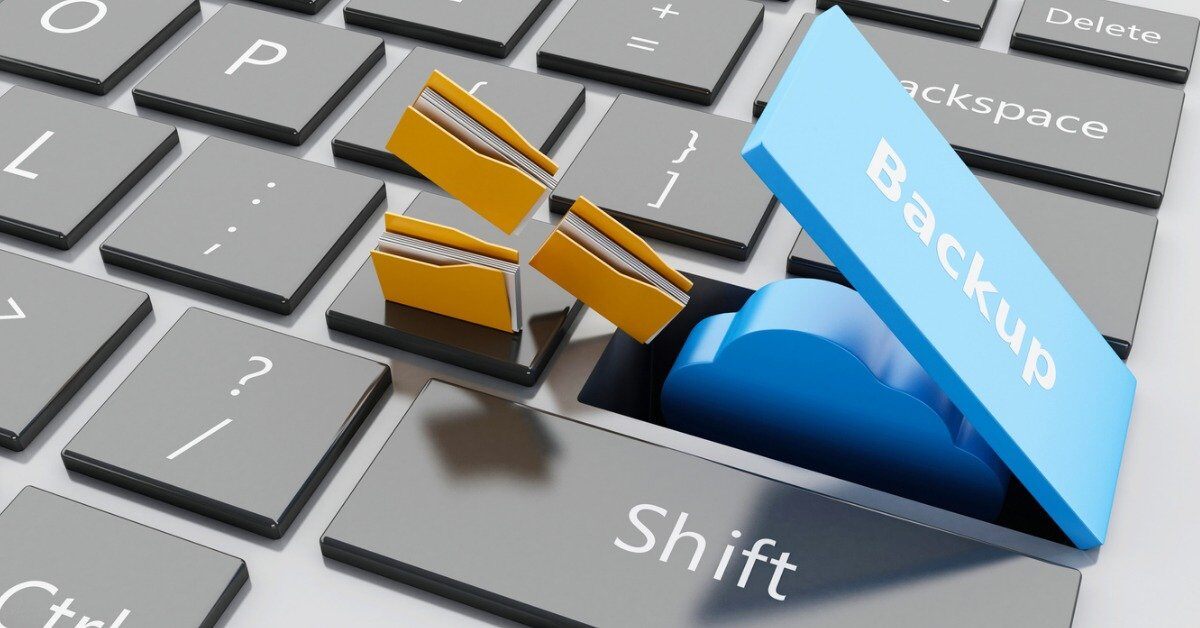Industries We Serve
World Class IT Support & Service
Real People. Right Now.
About Locknet® IT Services
From the first hello, the Locknet® team is dedicated to serving you and your needs.
Real People. Right Now.
From the first hello, the Locknet® team is dedicated to serving you and your needs.


Business leaders know the importance of business continuity and disaster recovery, but at the same time, many decision-makers do not understand the difference between disaster recovery and data backup. Data backup is a key component of disaster recovery so when planning ahead you need to determine the right method and the right solution to keep your business running just in case a disaster strikes. It’s also important to partner with a company you can trust who knows how to help you lay out a plan.
Traditionally, effective data backup has been an invaluable strategy for ensuring an enterprise’s information is protected in case of data loss. Data backup simply means a timely copy of your important company data is kept safe on an alternative storage device and typically, additionally at a separate location. In the event of a disaster, that backup copy just needs to be loaded, or restored, back onto your network, and completing that process in a way that meets your business needs so that you can be back in business is disaster recovery. Traditional data backup is a strategy that still works for simple one-off recovery situations such as deleting files or restoring from a crashed hard drive. However, it may no longer be adequate in the event of a critical disaster such as cybercrime, fire, flood, tornado, or another natural disaster that can impact your entire network because, worst case, your infrastructure needed for the restoration might have been physically destroyed.
Thus, although backing up to a storage device and a separate location is still the key starting point for effective disaster recovery, you may need a more complete contingency plan in case of a significant disaster.
How do you know if the traditional data backup approach is possibly not adequate for your business and what should you consider when looking for options? Let’s take a closer look.
For business continuity and disaster recovery, your first question should be how quickly you will need to restore functionality. While it would be ideal to “instantly” restore all systems, backup solutions’ pricing tends to correlate with how fast restore times can happen. As a result, “instant” restores come with a price that is not reasonable for most businesses. And when most businesses take the time to categorize how long they can operate without each of their IT systems, they find that some are much more critical than others. This categorization allows your business to tie a “Restore Time Objective” (RTO) to each system. Determining which solutions need to be restored more quickly will help balance the cost with the appropriate business impact. For example, you may have accounting software that is only used every few days and could wait up to three days to be restored, so it would have an RTO of three days. However, the software that runs your client transactions might need to be restored much more quickly in order for your business to operate and thus it might have an RTO of four hours.
Once you have determined your RTOs for all of your systems you should choose a solution that allows you to access your files, software, and other data in the time determined that you need it. But what happens if your building is flooded and your servers are no longer functional? Although a recent backup exists, where will it be loaded back onto? In this example, and in most natural disasters, you would have no remaining infrastructure so you would first need to replace your server, software, and data, then restore your settings and configurations. Only then can your backup be used. That can take days or weeks of precious time, even though you have a full copy of your data.
None of us wants to think about natural disasters that could wipe out our business. Unfortunately, natural disasters do occur and preplanning to ensure operations can continue in the event of a major disaster could be the difference between your business reopening quickly or never reopening. Fortunately, over the past few years, backup solutions have emerged that include both data backup and secure cloud infrastructure that can fill in for your infrastructure for as long as needed until your infrastructure is rebuilt. These products can get your key systems operational in a matter of a few hours to minimize the impact on your business and clients.
If you search for “data backup providers” online, your search will return hundreds of different products. While this area of IT can appear to be commoditized, it is far from it, and the time to find out if you’ve made a good choice should not be after a disaster event at your business. Selecting the right company to provide insights into business continuity solutions and match those with your RTOs and your business strategies is one of the most important IT decisions you will make. There is no one size fits all solution to data backup, business continuity, and disaster recovery so take the time to determine the right fit for your business.
Locknet Managed IT can help. Contact a Locknet Account Executive at 844.365.4968 for more information about data backup, business continuity, and disaster recovery.
Managed IT

Onalaska, WI Waterloo, IA Wausau, WI Eau Claire, WI Burnsville, MN
You are now leaving locknetmanagedit.com. Please check the privacy policy of the site you are visiting.